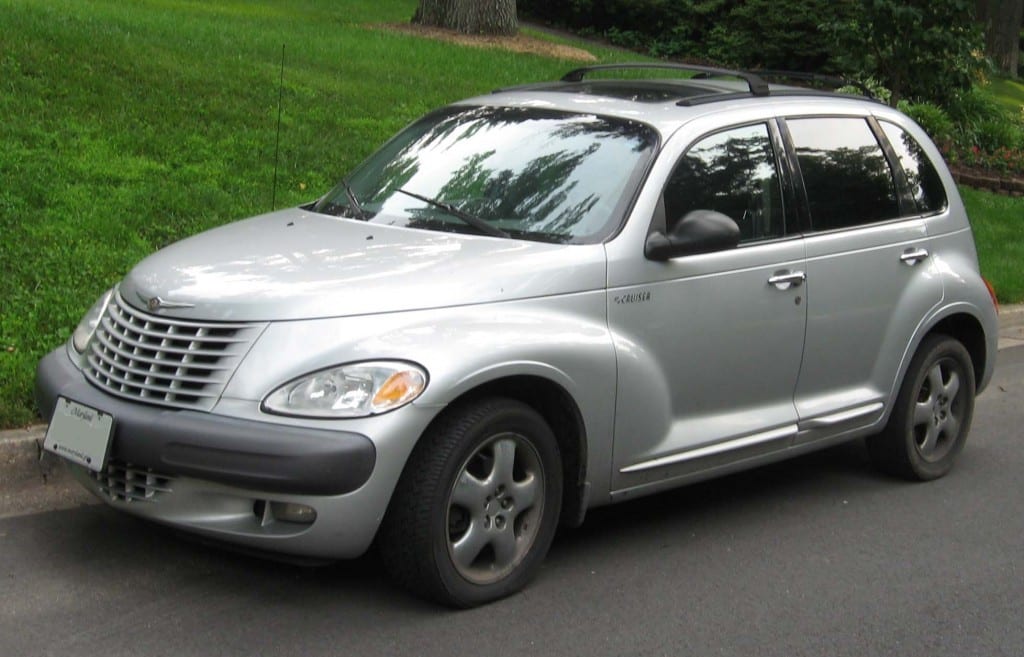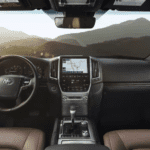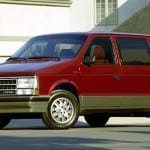Few cars are as dividing as the PT Cruiser. Some people loathed the unique styling of the PT Cruiser, which was like a hybrid station wagon and SUV, with a hint of retro design thrown in. Some people absolutely loved the distinctive look, which was and still is unlike anything else on the road. In its short, nine-year history, the PT Cruiser won some die-hard fans.
Though the PT Cruiser is no longer in production, you can still find some quality previously owned models at a Chrysler dealer, such as Kendall Chrysler. When you take a test drive of the PT Cruiser, it’s helpful to keep in mind its short history. One day, this unique model is bound to be a collector’s item.
Here’s a brief overview of the nine-year run enjoyed by the Chrysler PT Cruiser:
Conception and Introduction
Originally, the PT Cruiser was set to be a Plymouth model. However, it was moved over to the Chrysler division after the Plymouth nameplate was slated for discontinuation in 2001, which was right when the PT Cruiser was introduced to market. Designer Bryan Nesbitt was behind the look of the PT Cruiser, and you can see his signature style all over it. Nesbitt also came up with the design for the Chevrolet HHR, which was produced from 2005 to 2011 and looks eerily similar to the PT Cruiser. The PT Cruiser’s design was meant to evoke the look of an older gangster getaway car like you would see in the 1930s or a street racer. That’s exactly the look it accomplished.
The “PT” in the name stands for “Personal Transport,” which is pretty straight forward. The “PT” was also a production code, and when the vehicle was produced in Europe for overseas markets, the designation changed to PG. The PT designation stayed in place during Mexican production.
The PT Cruiser is classified as a truck by the National Highway Traffic Safety Administration, based on calculations of fuel economy. Yet most consider it a car thanks to its hatchback design and mechanics. Rumors circulate that Chrysler actually intended the PT Cruiser to be classified as a light truck so that the vehicle could bring down the average fuel economy of its truck lineup to meet CAFE (Corporate Average Fuel Economy) standards.
The PT Cruiser was introduced as a front-wheel drive, five-door hatchback in 2001, but a two-door convertible option was introduced in 2005. The convertible featured a sport bar that increased air flow to the rear passengers and added protection in case of a rollover. Unfortunately, production of the convertible ended in 2007 for the 2008 model year.
The first PT Cruiser model came with a 2.4-liter four-cylinder engine that put out 150 horse power and 162 pounds per feet of torque. It was paired with a five-speed manual transmission and had a fuel economy of 18 mpg in the city and 24 mpg on the highway. An optional 2.2-liter four-cylinder diesel engine was also available in markets in Europe, Asia and South Africa, as was a 2.0-liter D4RE engine that put out 140 horse power and 130 pounds per feet of torque.
Some features on the original PT Cruiser included heated seats, power steering, a six-speaker audio system, steel wheels, a full spare tire, and full wheel covers.
Right out of the gate, the PT Cruiser was recognized as one of the 10 best cars of the year by Car and Driver magazine, and it won the North American Car of the Yer.
Design Updates
In addition to the convertible and numerous other special models, the PT Cruiser also evolved with many design updates over its nine-year run.
Only minor changes were ever made to the exterior of the PT Cruiser. Major changes would have altered its unique look. Some updates included scalloped head lights, a chrome grille, a lower front fascia that eliminated the brake cooling ducts, round fog lights, and new tail lights.
The base 2.4-liter engine became available in a “high output” version (230 horse power), Satellite radio became available as an option, as did Mopar cruise control. Starting in 2007, options were also able to be ordered independently of packages. For example, buyers could get side impact air bags or anti-lock brakes without having to buy an options bundle.
Numerous trim levels were offered, including the Limited, Touring, Touring Signature, Street Cruiser and GT. The Walter P. Chrysler Signature Series was offered from 2005 to 2008. The Limited Edition Platinum Series was offered in 2004 only. The Dream Cruiser Series was offered from 2002 to 2005 and then again in 2009. The Sport Classic and Sport Couture models were offered in 2010 only. These models were all identified by badges in the lower left-hand corner of the lift gate.
Trim levels for the convertible included the GT and the Touring. A Limited trim level was offered for convertible models in Australia.
Special Editions
Though the PT Cruiser had a short run, numerous special editions were issued.
The PT Cruiser GT, or the GT Cruiser, was a turbocharged edition introduced in 2003. The GT Cruiser featured a 2.4-liter turbocharged Inline4 engine with an aluminum cylinder block with steel sleeves, improved cooling, and forged internal components.
The GT Cruiser put out 215 to 230 horse power and 245 pounds per feet of torque, and it reached a top speed of 125 mph. Performance upgrades were available to make the vehicle even more powerful. Parts from the Dodge Neon SRT-4 are able to be used on the GT Cruiser.
The Flame Package for the PT Cruiser simply included flame decals stretching from the front fenders down the sides. The Woodie Package, which was available from 2002 to 2004, included simulated wood panels down the side and around the rear hatch.
The Street Cruiser Route 66 Edition for 2006 featured either a Black or Solar Yellow exterior. Other exterior features included a body-color grille, solar-tinted glass, Solar Yellow brake calipers, a spoiler mounted on the lift gate, and 17-inch all-season tires. Mechanical features included anti-lock brakes, speed control, sport suspension, and low-speed traction control. Special badging was included on the lift gate and front doors. Only 1443 models were produced in North America, and 142 of those had a five-speed manual transmission.
The Street Cruiser Pacific Coast Highway Edition featured a Pacific Blue Pearl body with chrome molding, chrome lock knobs, a bright exhaust tip, a body-color spoiler, aluminum platinum clad wheels, and special badging. Inside, the special edition had a leather steering wheel, silver shift knob, accent ring cup holders, six-way power driver’s seat, satellite radio, and cloth seats with a blue insert. Mechanical features included anti-lock brakes and sport suspension.
The Street Cruiser Sunset Boulevard Edition had a Sunset Crystal exterior, chrome trim, deep tinted glass, 16-inch chrome wheels, and all-season touring tires. Only 500 models were produced.
The Dream Cruiser Series 5 was introduced in 2009, and it had a pearl white body, black roof, black spoiler, and aluminum cross-hatch grilles. The design included chrome door handles, molding, exhaust tip, and interior trim. The model included a four-speed automatic transmission, 17-inch SRT wheels, all-season performance tires, and fog lamps. Only 1,750 units were made, and only one was produced with an Inferno Red exterior and one with a Bright Silver exterior.
The PT Cruiser Sport had a body-color spoiler on the roof, 16-inch alloy wheels, and a graphite metal exterior (exclusive to this edition). A two-liter petrol engine was available on this special edition.
The Couture Edition had a black and silver metallic exterior, divided right down the middle from front to rear. A red pinstripe marked the change in the color. The interior featured red leather bucket seats with black piping, a red shift knob, and chrome trim. Dark gray leather seating was optional. Only 500 units were produced.
Discontinuation
The last PT Cruiser model was sold in 2010, and all production stopped in 2009. Chrysler sold 1.35 million units of the vehicle during its nine-year run.
But the PT Cruiser is not dead. You can visit Kendall Chrysler, the top Chrysler dealer in Miami, to take a test drive of a previously owned PT Cruiser. You will fall in love with this distinctive vehicle.






